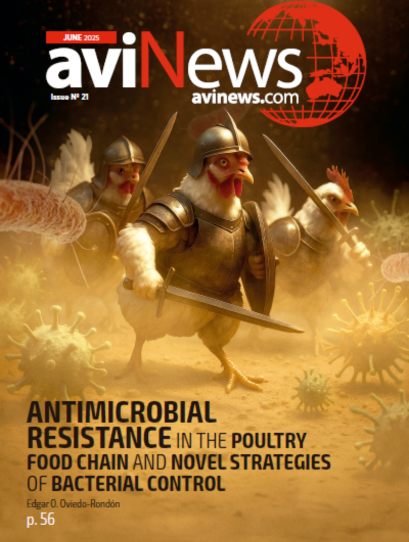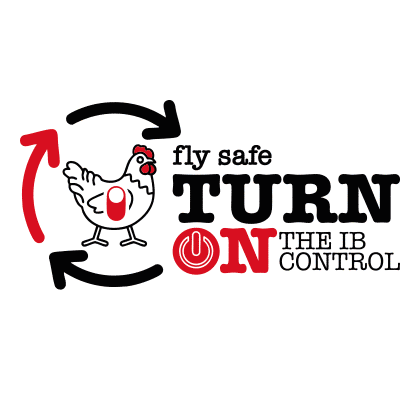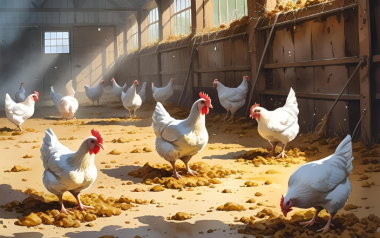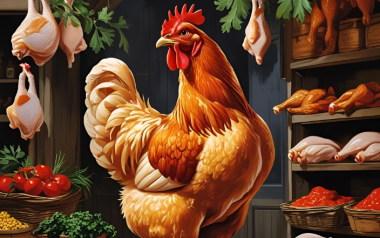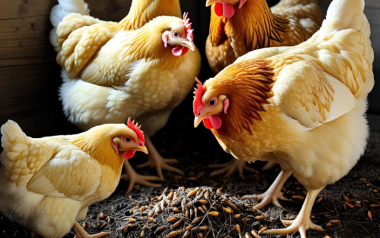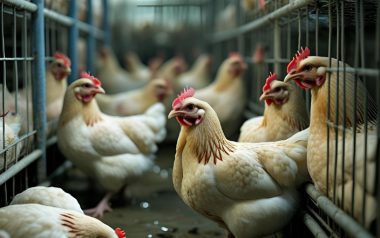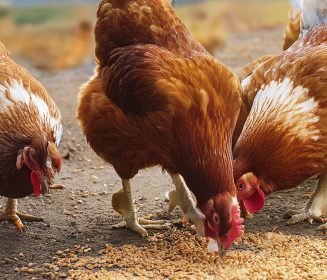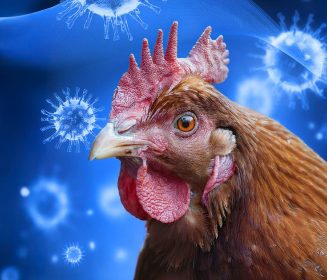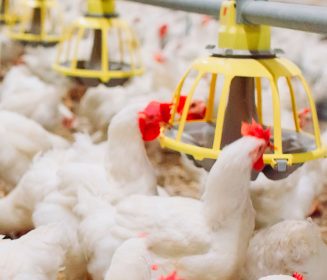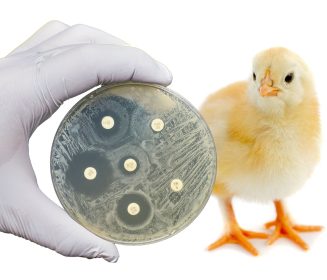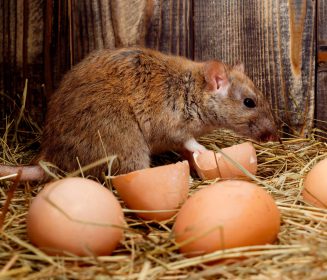Sources: Available upon request
18 Jun 2025
Eggshell nanoparticles: a natural shield for dry-cured pork
Researchers at Kansas State University, led by entomologist Dr. Tom Phillips, have been exploring the use of agricultural waste—specifically eggshell—as a novel pest control method.
Dry-cured pork products, such as country hams, are prized for their rich flavor and long shelf life. However, their extended aging process—often lasting from several months to years—makes them vulnerable to infestations by ham mites (Tyrophagus putrescentiae). These microscopic pests can rapidly reproduce, laying up to five eggs per day, and cause significant economic losses by damaging the surface of the meat and rendering it unsellable.
The end of methyl bromide and the search for alternatives
For decades, the meat industry relied on methyl bromide, a powerful fumigant, to control mite populations. However, due to its ozone-depleting properties, methyl bromide was banned under the Montreal Protocol and is no longer permitted for commercial use in the U.S. This regulatory shift left producers scrambling for safe, effective, and environmentally friendly alternatives.
Turning waste into innovation: the role of eggshells
Researchers at Kansas State University, led by entomologist Dr. Tom Phillips, have been exploring the use of agricultural waste—specifically eggshells—as a novel pest control method. Eggshells, which are rich in calcium carbonate, are ground into ultra-fine particles to create what are known as eggshell nanoparticles. These particles are then applied to the surface of dry-cured pork products.
How do eggshell nanoparticles work?
Although the exact mechanism is still under investigation, early studies suggest that the nanoparticles interfere with the mites’ ability to lay eggs or survive on treated surfaces. The physical texture of the particles may act as a barrier or irritant, while the chemical composition could disrupt the mites’ reproductive cycle. In lab tests, treated ham samples showed a significant reduction in mite activity and egg-laying behavior.
Environmental and economic benefits
This approach offers multiple advantages. First, it repurposes a common food industry byproduct—eggshells—that would otherwise be discarded. Second, it reduces the need for synthetic chemicals, aligning with growing consumer demand for cleaner, more sustainable food production practices. Finally, it provides a cost-effective solution for producers, especially small-scale or artisanal ham makers who may lack access to industrial fumigation systems.
Complementary research and future applications
The Kansas State team is also investigating other non-toxic pest control methods, including ultraviolet light treatments and additional nano-scale materials. These could be used in combination with eggshell nanoparticles to create a multi-layered defense system against mites and other pests.
Conclusion: a promising future for food safety
As the food industry continues to seek safer and more sustainable practices, innovations like eggshell nanoparticles represent a promising step forward. By transforming waste into a valuable resource, researchers are not only protecting high-value meat products but also contributing to a more circular and environmentally responsible food system.

